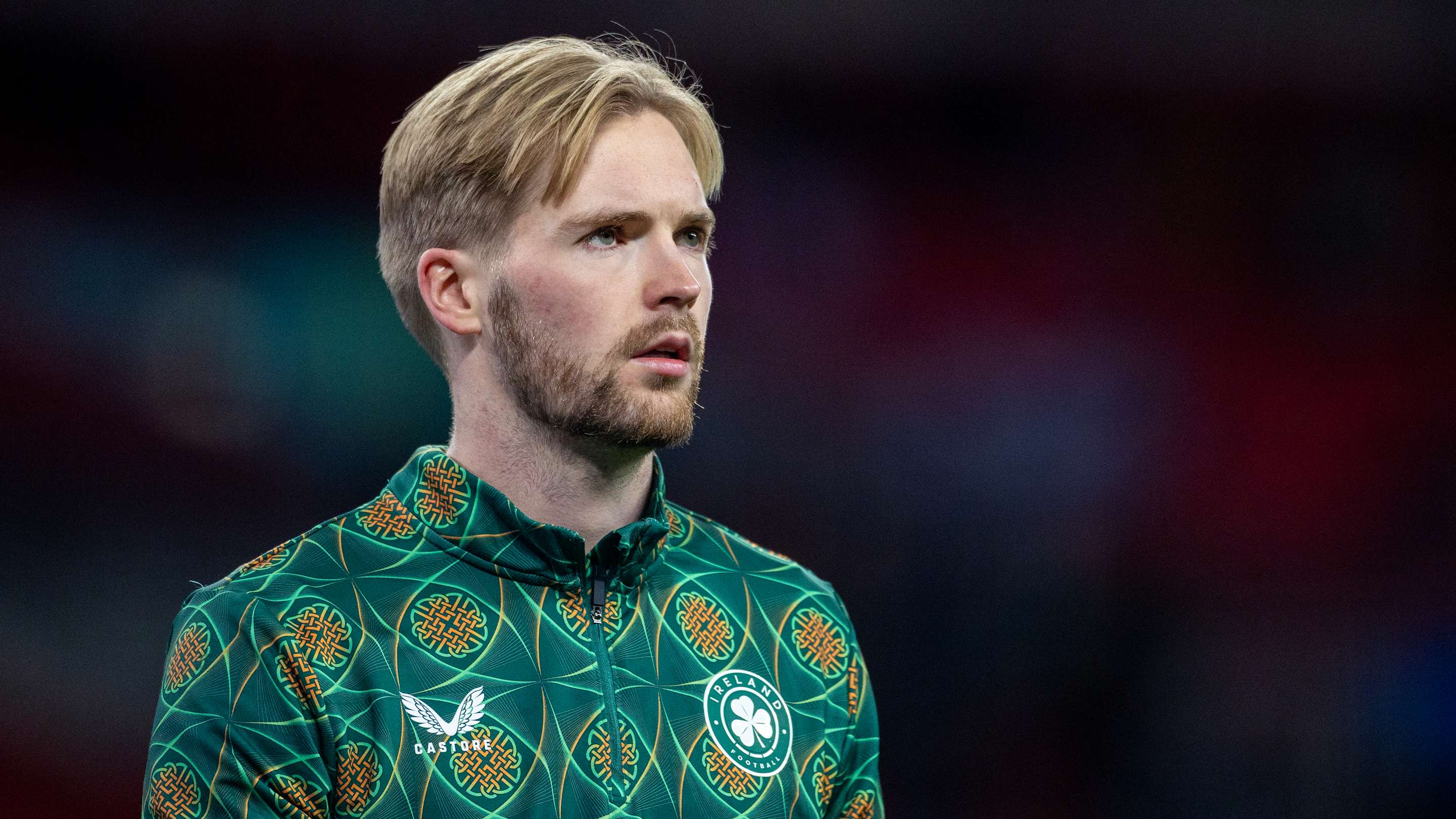

He was best known for his success in business, notably the international beauty company he built with his mother, Estée Lauder. But he was also an influential art patron.
Leonard A. Lauder, the art patron and philanthropist who with his mother, Estée Lauder, built a family cosmetics business into a worldwide juggernaut that supplied generations of women with the creams, colors and scents of eternal youth, died on Saturday at his home on the Upper East Side of Manhattan. He was 92.
The death was announced by the Estée Lauder Companies.
While best known for his business enterprises, Mr. Lauder was also one of America’s most influential philanthropists and art patrons. He gave hundreds of millions to museums, medical institutions, and breast cancer and Alzheimer’s research, as well as to other cultural, scientific and social causes. His art collections ranged from postcards to Picassos.
In 2013, he pledged the most significant gift in the history of the Metropolitan Museum of Art, a trove of nearly 80 Cubist paintings, drawings and sculptures by Picasso, Braque, Léger and Gris. Scholars put the value of the gift at $1 billion and said its quality rivaled or surpassed that of the collections of the Museum of Modern Art in New York, the State Hermitage Museum in St. Petersburg, Russia, and the Pompidou Center in Paris.
After the gift was announced, he added another dozen major Cubist works, The New York Times reported in a profile of Mr. Lauder last year.
The eldest son of Estée Lauder, who in 1946 founded the company that bears her name, Mr. Lauder was for decades a senior executive and the marketing expert and corporate strategist behind his mother, the flamboyant public face of the Lauder empire, who pitched its lipsticks, bath oils, face powders and anti-wrinkle creams with almost messianic zeal.
In a business reliant on imagery and mythmaking, his mother, the daughter of a Queens merchant, had created a genteel Hungarian aristocratic past for herself and a name to go with it. Josephine Esther Lauter, the wife of a luncheonette owner, thus became the glamorous Estée Lauder.
Mr. Lauder joined his family’s enterprise in 1958 after a formative hitch in the Navy and, colleagues said, was instrumental in developing its profitable strategies: developing multiple brands that effectively competed with one another; concentrating sales in high-end department stores as competitors focused on discount chains and drugstores; and driving expansion to untapped markets in Europe, Asia and the Americas.
“My dream,” he wrote in his memoir, “The Company I Keep: My Life in Beauty,” published in 2020, “was to make Estée Lauder the General Motors of the beauty business, with multiple brands, multiple product lines and multinational distribution.”
Estée Lauder’s sales, which hovered around $800,000 a year when Mr. Lauder joined the company, soared to more than $16 billion for fiscal 2021, despite the disruptions caused by the Covid-19 pandemic, as he continued as senior member of the board.
The company markets products under some 30 brand names in 150 countries around the world. Shares were publicly sold starting in 1995, but by January 2025 about 85 percent of the voting stock was still owned by members of the Lauder family, along with about 38 percent of the total common stock.
Mr. Lauder became the company’s president in 1972, was chief executive from 1982 to 1999, and was named chairman in 1995 and chairman emeritus in 2009, when he retired. Along the way, he launched brands including Clinique, Aramis, Lab Series and Origins. He also amassed a personal fortune of about $11.5 billion, making him one of the 100 richest Americans, according to last year’s Forbes 400 list of American billionaires.
He began a lifelong pursuit of art at the age of 6, when he spent his nickel allowance on a postcard of the Empire State Building. “I can see that postcard today,” he told The New Yorker in 2012, adding that it turned him into a collector for life. He eventually acquired 125,000 postcards — not the kind tourists buy, but artistic cards with lithographs and vintage photos depicting celebrities from the worlds of sports and fashion as well as images of war and historical events. He gave most of them to the Museum of Fine Arts in Boston.
When considering whether to bid on a work of art, he told The Times last year, he heard his mother’s voice saying, “You only regret what you do not buy.”
Many art collectors are known for their eclectic tastes, but Mr. Lauder for years quietly assembled a world-class collection with a focus on Cubism, the movement that revolutionized modern art early in the 20th century.
Mr. Lauder bought many pieces from the collections of the writer Gertrude Stein, the Swiss banker Raoul La Roche and the British art historian Douglas Cooper. His collection, given without restrictions, filled an artistic gap for the Met and placed Mr. Lauder in a class with cornerstone contributors like the Rockefellers and Annenbergs.
His gift to the Met, which went on display in 2014, was not his first transformative donation to a museum. A trustee and later president and chairman of the Whitney Museum of American Art in New York, he gave millions in money and art to the museum, including nearly 50 works by Jasper Johns. In 2008 he gave $131 million, the largest gift in the Whitney’s history.
That gift transformed the Whitney “from a provincial New York institution to a world-class museum known for its extraordinary holdings of American art,” Carol Vogel wrote in a recent New York Times profile of Mr. Lauder. When the Whitney moved from its Madison Avenue location to its current home in the meatpacking district, it named its new building after him.
Leonard Alan Lauter was born on the Upper West Side of Manhattan on March 19, 1933, the older of two sons of Joseph and Josephine Esther (Mentzer) Lauter. (The family name was changed not long after his birth.) His younger brother, Ronald, would work for the U.S. Department of Defense, serve as ambassador to Austria, and run unsuccessfully for mayor of New York.
The Lauter brothers grew up in a household that had not yet experienced great success. In the Depression years, his father owned a small chain of luncheonettes and a silk business. During World War II, he and a partner sold military-style post-exchange supplies.
His mother also worked, helping to sell an uncle’s homemade face creams and fragrances in the 1930s. Although she later led the public to believe that she was born in Europe to an aristocratic Hungarian family, she was actually born in Corona, Queens, the daughter of a hardware salesman who also owned a hay and seed store.
Leonard, who attended Public School 87 in Manhattan, had a nanny until he was 6 or 7. “My mother would send her to school with me,” he recalled. But the nanny was an embarrassment, and he made her walk 10 paces behind him.
“I was part of the 75th Street gang,” he said. “We had very dim relations with the 74th Street kids.” By age 10, Leonard, an adventurous boy, was traveling alone around the city by subway.
His parents, who were divorced in 1939 but remarried in 1942, founded their company after the war and for years struggled to make it profitable. His father took charge of manufacturing, while his mother handled promotion and marketing. She introduced the concept of “gift with purchase” and a successful bath oil called Youth-Dew, whose creation has been variously attributed to her and to Arnold van Ameringen, an industrialist who befriended her and helped her company financially.
After graduating from the Bronx High School of Science in 1950, Mr. Lauder attended the Wharton School of the University of Pennsylvania and received a bachelor’s degree in 1954. He joined the Navy, served on two warships and became a lieutenant j.g.
After his discharge, he joined his mother’s company. Although publicly deferential to her, he shared decision-making with her. She retired in 1995 and died in 2004 at 97.
“It was so love-hate,” Mr. Lauder said of their relationship. “I was her competitor, her senior partner, her manager. If it wasn’t for her, the company would not be in existence. But I was able to step onto a platform that she had spent 10, 15 years building. I was able to identify what she did that was really good and build on her early success.”
In 1959, Mr. Lauder married Evelyn Hausner. They had two children: William, who is the executive chairman and chairman of the board of Estée Lauder Companies, and Gary, managing director of Lauder Partners, a Silicon Valley venture capital firm.
Mr. Lauder’s first wife died in 2011. In 2015, he married the photographer Judith Glickman. She survives him, as do his sons, his brother, five grandchildren, two great-grandsons and many stepchildren and step-grandchildren. In addition to his home in New York, he had homes in Palm Beach and Portland, Maine.
From 1983 to 1987, Mr. Lauder was a member of President Ronald Reagan’s Advisory Committee for Trade Negotiations. He also was an emeritus trustee of the University of Pennsylvania, a co-founder and chairman of the Alzheimer’s Drug Discovery Foundation, and, with his first wife, founded the Evelyn H. Lauder Breast Center at Memorial Sloan Kettering Cancer Center in New York.
For all his contributions to various causes, Mr. Lauder regarded himself as a frugal man with an eye on the bottom line.
“I use slivers of soap, I reuse paper clips, I use the backside of memos,” he told The Times in 2004. “You can take the child out of the Depression, but you can’t take the Depression out of the child.”
Alex Traub contributed reporting.








-3.png)



